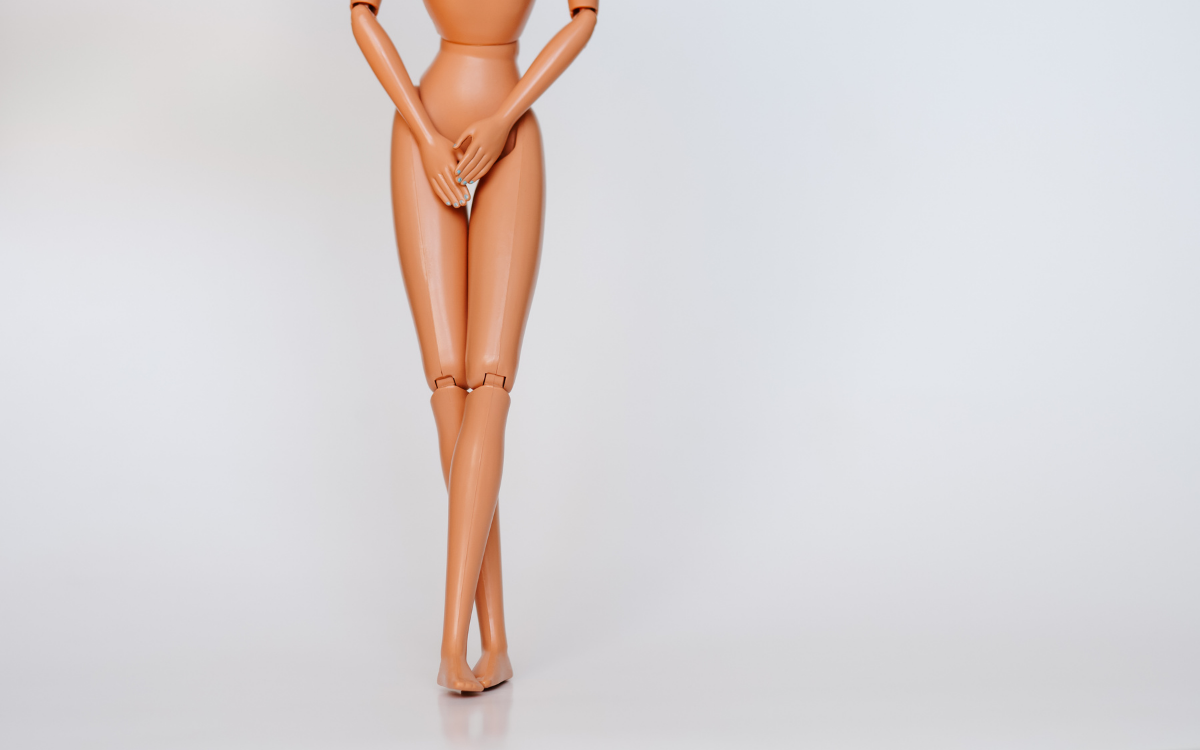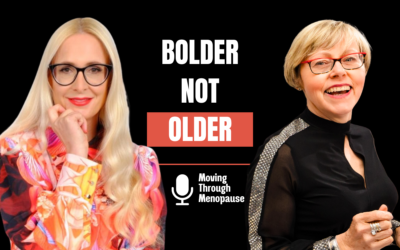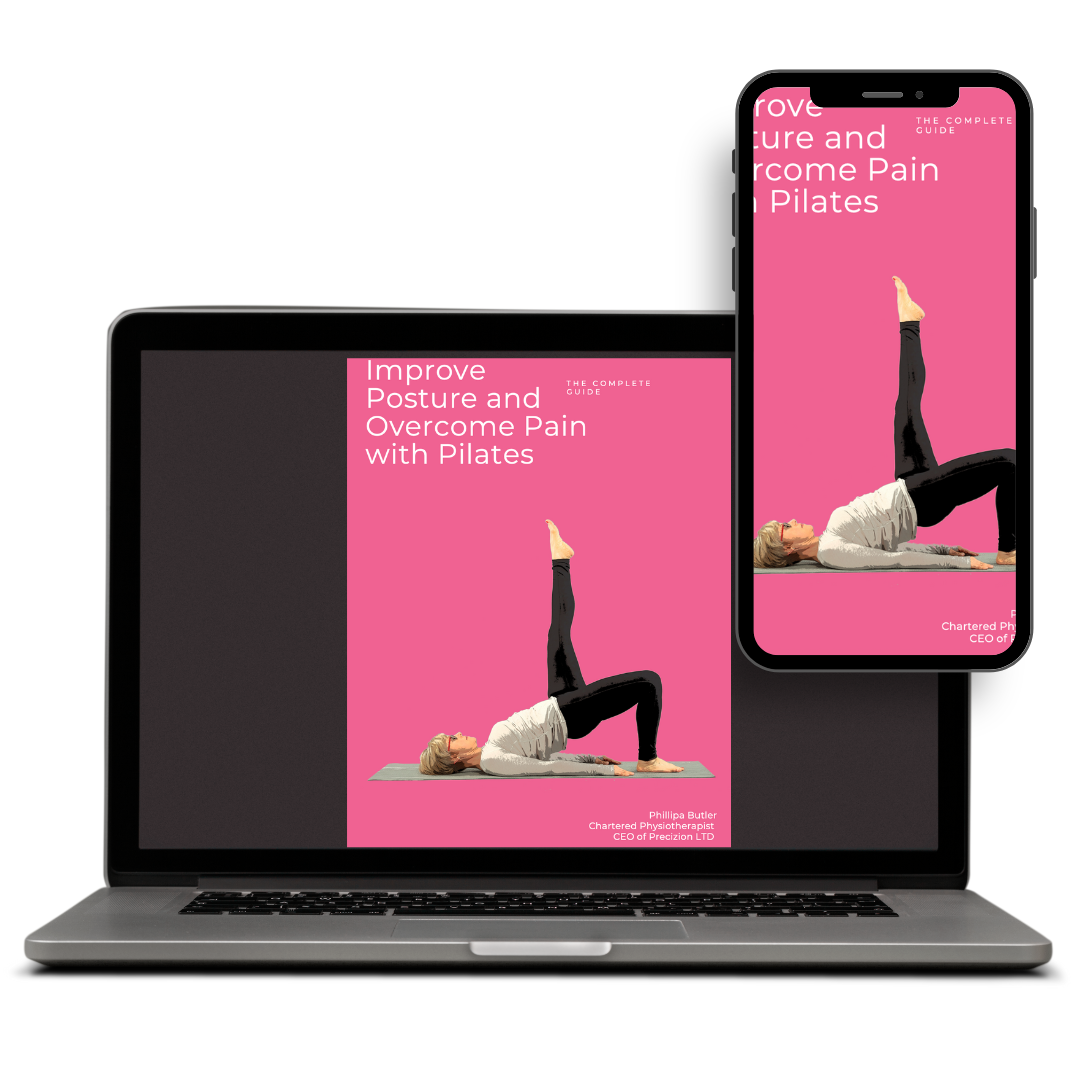Pelvic floor dysfunction is very common and all too often accepted as a consequence of being a woman, having children and getting older. Sound familiar? Did you know that the effects of the menopause can add to the pelvic floor problems women experience?
Menopause it is a natural part of ageing that usually occurs between 45 and 55 years of age. It is defined as occurring when a year passes without having had a menstrual period. In the UK, the average age for a woman to reach menopause is 51. The exceptions of course are premature menopause occurring naturally, medically or surgically induced. These present their own individual challenges with a sudden onset, symptoms are often more severe and the long term effects of oestrogen decline are more prolonged.
Pilates and the Pelvic Floor
The good news is that moderate physical activity such as Pilates actually decreases the risk of urinary incontinence. Pilates takes a special interest in the pelvic floor as a contributor to the deep stabilising function of the muscles of the core. The foundational principles of Pilates of breathing, centering, concentration, control, flow and precision lend themselves well to a programme of exercise which respects, protects and even has the potential to rehabilitate the pelvic floor.
Pelvic Floor Dysfunction
I had 2 big babies ‘naturally’, if you can call it that! I always say that I got away with number one and that it was number two who did the ‘damage’. I think you will know what I mean.
Pelvic floor dysfunction (PFD) affects many women and yet remains heavily under-reported. In a 2014 study to ascertain the prevalence of urinary incontinence; 40% of respondents had suffered urinary incontinence. This is a lot of women, so why are we not talking about this more? Sheer embarrassment is why but also a general acceptance that this is an inevitable part of ageing. Many women are completely unaware of the treatment options available and suffer in silence for many years before seeking help.
Symptoms of Pelvic Pelvic floor dysfunction
Urinary Incontinence (UI)
Incontinence is defined as the involuntary leakage of urine from the bladder. Incontinence can affect both men and women in any age group but is more common in women.
- The most common types of urinary incontinence in women are:
Stress incontinence is caused by weak pelvic floor muscles. The most common symptoms are leakage of urine with coughing, laughing, sneezing, or lifting objects. - Urge incontinence (also called “overactive bladder”) is caused by overly active or irritated bladder muscles. The most common symptom is the frequent and sudden urge to urinate, with occasional leakage of urine.
Pelvic Organ Prolapse
Pelvic organ prolapse is one of the most common gynaecological disorders and the 3rd most common cause of gynaecological surgery especially post menopause.
A prolapse occurs when 1 or more of the organs in the pelvis slip down from their normal position and bulge into the vagina. Having had a baby and having a BMI greater than 30 also add to the risk of suffering a pelvic organ prolapse. Symptoms include:
- feeling of heaviness around your lower tummy and genitals
- a dragging discomfort inside your vagina
- feeling like there’s something coming down into your vagina – it may feel like sitting on a small ball
- feeling or seeing a bulge or lump in or coming out of your vagina
- discomfort or numbness during sex
- problems peeing – such as feeling like your bladder is not emptying fully, needing to go to the toilet more often, or stress incontinence.
Problems associated with the Bowel
Faecal incontinence or accidental leakage of bowel motions affects almost 25 percent of females over 40 years of age. Thus, faecal incontinence is more common than most medical conditions and it has a profound impact on quality of life. Accidental leakage of wind or flatus is much more common than faecal incontinence, with almost three times as many females reporting leakage of gas. Constipation is common in postmenopausal women and can be made worse because of weakened pelvic floor muscles. It may simply be you are needing to urgently or frequently go to the toilet to pass bowel motions.
Genitourinary Syndrome of Menopause
A double whammy! The decline in sex hormones only serves to compound the situation with the set of symptoms now labelled the genitourinary syndrome of menopause (GSM). This is a hypo-oestrogenic condition which affects the external genitalia, the bladder, bowels and has implications for sexual function. It affects more than 50% of postmenopausal women although only around 25% seek out help.
Genitourinary syndrome of menopause (GSM) signs and symptoms may include:
- Vaginal dryness
- Vaginal burning
- Vaginal discharge
- Genital itching
- Burning with urination
- Urgency with urination
- Frequent urination
- Recurrent urinary tract infections
- Urinary incontinence
- Light bleeding after intercourse
- Discomfort with intercourse
- Decreased vaginal lubrication during sexual activity
- Shortening and tightening of the vaginal canal
A woman’s symptoms will vary in severity and it is possible to experience more than one symptom at once.
Please note: If you experience any of the following symptoms it would be wise to seek out urgent medical attention:
- Pee blockage or pain when peeing
- Blood in urine
- Frequent and intense need to pee
- Burning feeling when peeing
- The inability to empty or control the bladder
- Pressure or pain in the pelvic region
- Unusual or abnormal Vaginal bleeding after menopause.A persistent change in bowel habit sometimes with abdominal pain
- blood in the poo without symptoms of piles (haemorrhoids)
- abdominal pain, discomfort or bloating brought on by eating – sometimes resulting in a reduction in the amount of food eaten and weight loss
Exercise Beware
Some exercise and daily activities can adversely impact a pelvic floor condition by overloading the muscles including high impact exercise like jogging and trampolining, exercises that increase intra-abdominal pressure such as weight lifting and strong abdominal exercises. Exercise that encourages overuse of pelvic floor contractions without sufficient release can also contribute to problems,
Begin with the Breath
We are increasingly being told about the need to pay attention to breathing patterns and rehabilitating the pelvic floor is no exception. The synergy between how the diaphragm and pelvic floor work in the abdominal cylinder is key and so we begin by retraining breathing patterns. Checkout this video tutorial to get some idea of what I mean.
Posture and Alignment
Alignment is the watchword of Pilates and it turns out posture is really important for optimal functioning of the diaphragm and thus the pelvic floor. It is important to position the pelvis in a neutral position and stack the ribcage directly above the pelvis. Next bring the back of the head in line with the back of your body. Checkout this article to improve your posture with Pilates.
Pelvic Floor Muscle Training (PFMT)
This is actually harder than you might think and a study in 1991 found that after being given verbal instructions 50% of women couldn’t contract the pelvic floor correctly and that half of these were instead doing things that could promote incontinence in the future.
The first step in performing pelvic floor muscle exercises is to identify the correct muscles; Women who are familiar with using tampons can imagine squeezing in the vagina as if squeezing a tampon up higher in the vagina or picture the pelvic floor like the centre of a tissue and ‘pick up’ the centre of the tissue. Only this week I heard a cue to ‘close the elevator doors and travel up two floors’. The most important thing is to find something that works for you.
When contracting your PFM you should NOT hold your breath, feel your buttocks tighten, legs rotate out, any movement of your spine or pelvis or downward pressure into the perineum. Practice pelvic floor muscle training in a variety of positions and finally incorporate PFMT into movement.
You can try a combination of slow holds for 3-5 seconds, while breathing normally, also brief rapid contractions (lift then immediately let go and relax). Repeat x10 and work towards 3 sets of 10.
Now we can integrate the Pelvic Floor contractions into Pilates
There are some close associations between the deep abdominal muscles targeted during Pilates, also the deep hip rotators and the gluteal muscles. A knowledgeable teacher will harness these associations to enhance and incorporate pelvic floor muscle training into regular classes as I do. One particularly synergistic movement is the Clam:
Clam
Try it for yourself! Lying on the side with the knees bent to about 45 degrees and the heels in line with the back of the body. Position the pelvis and spine in the neutral spine alignment and Inhale to prepare and as you exhale float the top knee and simultaneously contract the pelvic floor muscles, in particular the posterior part around the anus. Inhale as you lower and release the muscles of the pelvic floor. Repeat x5-10
Join your first online session for free and find out how Pilates can be a game changer.
Disclaimer: Please note that any advice provided in this article is for information only. If you are unsure of its suitability for your specific circumstances or have and specific health concerns you should consult your medical practitioner.












